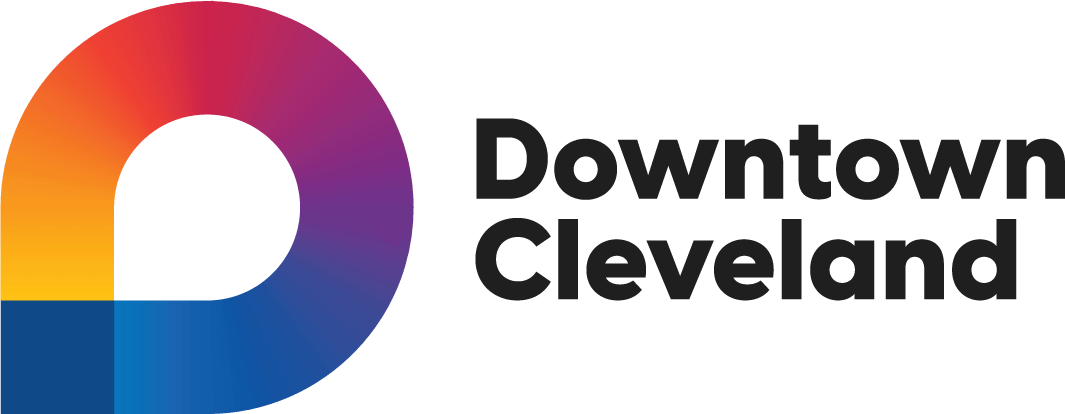Health insurance is becoming more expensive. Consider self-funding to save money.
We thank Oswald for being a Corporate Member of Downtown Cleveland. If you would like your business to be featured in our Member Blog series, contact our Director of Advancement Lia Hones at lhones@downtowncleveland.com
In 1893, James B. Oswald made a proposition to his friend, Harris Creech: “Let’s start a company based on professionalism and customer service.”
Together, they conceived an insurance organization that would serve the businesses of a growing Cleveland and focus on caring for its community’s needs. Now, 130 years later, Oswald Companies is still grounded in these values.
Oswald has evolved over a century to help its clients overcome current challenges. Among those is a need for options that help employers take care of their employees. Much of this can be accomplished by trading in a fully insured benefits plan to become self-insured. That’s where Taylor Oswald comes in. Public entities are more often feeling backed into a corner when it comes to providing employee benefits.
Their small staff doesn’t give them the buying power of a Fortune 500 company, yet they’re challenged to provide a robust benefits package to recruit and retain the best.
In addition, they’re expected to manage rising costs, protect public assets and remain committed to providing exceptional services to the community, on what is often a constrained budget. It may seem like an insurmountable task.
There are ways to juggle the unique needs of municipalities, school districts and nonprofits that receive public funds.
Dig into the claims filed by employees to learn how they’re using health care and why. Design a benefit plan that caters to the specific needs of the population.
Claims information can also be used to spot trends and determine how to promote employee wellness. For example, if a high diabetic population is covered under the existing plan, the organization can add diabetes management resources. People who proactively manage their health have fewer claims.
Consider innovative, new options such as direct contracts and pharmacy benefit manager carve-outs.
Much of this can be accomplished by trading in a fully insured benefits plan to become self-insured. That’s where Taylor Oswald comes in.
How a Self-Insured Plan Works
Created by public entities for public entities, Taylor Oswald’s PublicSmart program enables municipalities, schools, nonprofits, or any entity that receives government funding, to share buying power to buy benefits at a lower cost.
Taylor Oswald also dives deeper into the numbers to determine the real story of why a public entity’s rates are increasing.
We then look for ways to renegotiate coverage prices. For example, prescription drugs are a major driver of health care costs. Using our buying power, we can negotiate a new contract with the pharmacy benefit manager to reduce their profit margin, saving the organization money.
Taylor Oswald also spots trends in benefit utilization and finds ways to decrease costs without taking benefits away from those covered. Imagine if a company could reduce its employees’ out-of-pocket expense to zero by using a less expensive health care option for a procedure.
Consider this: An employee needs an MRI. If they go to a large hospital system, the cost is $2,500 to $5,000. However, getting the same MRI and care from a private clinic reduces the cost to between $500 and $1,000.
By using claims utilization data, we predict how much the organization will spend each month on claims and have the organization set that amount of money aside to cover the bills.
All are Welcome
No public entity or government-funded nonprofit is too small to consider a self-insured plan. Even if your employee population requires a lot of health care due to chronic conditions, self-insuring could be a more affordable option without reducing employee benefits.
For example, one local public entity that was fully insured through a well-known insurance company was told their renewal rate would be 25% higher. Making matters worse, all other insurers had declined coverage to this public entity.
After examining their previous claims, we determined it was better to place them in a self-insured plan under a different insurance company. The new plan will save the public entity an estimated $150,000 to $350,000 annually without taking away any employee benefits.
Taylor Oswald can provide a thorough analysis of your employee benefits plan. Contact us at 888-829-5670 to find the right plan for your organization’s needs.


